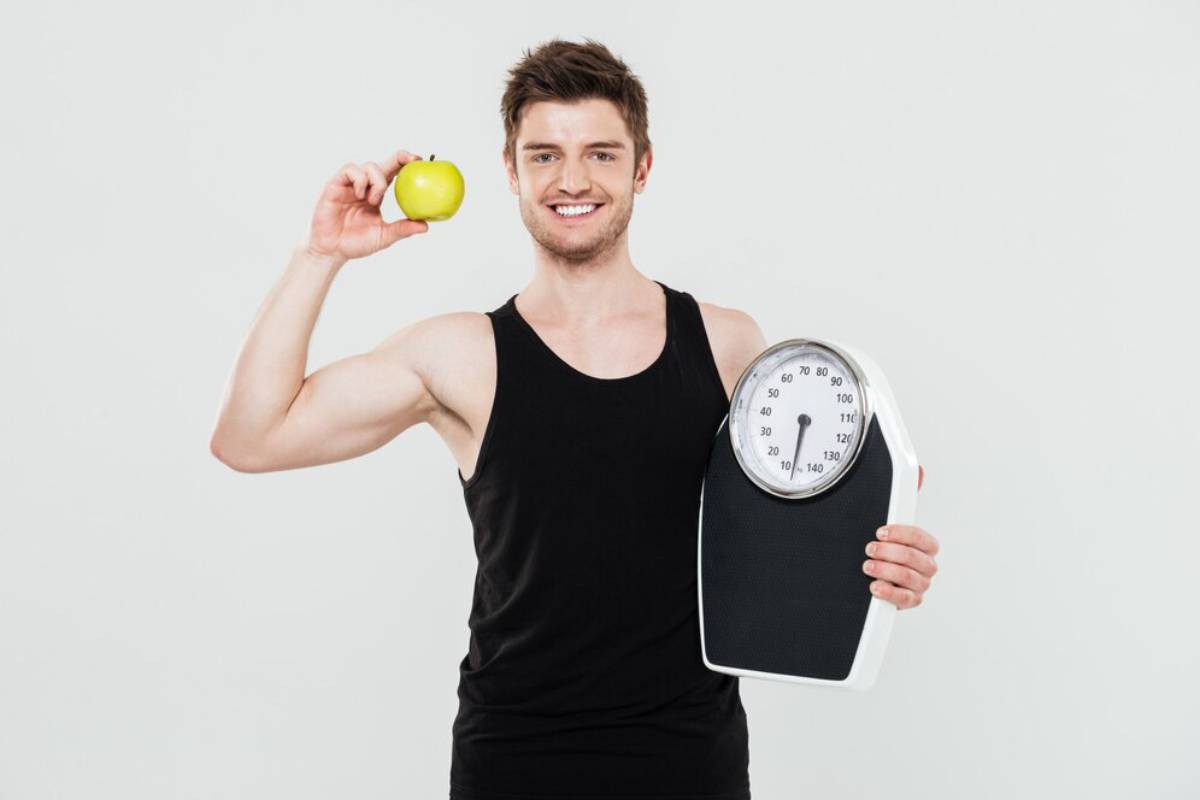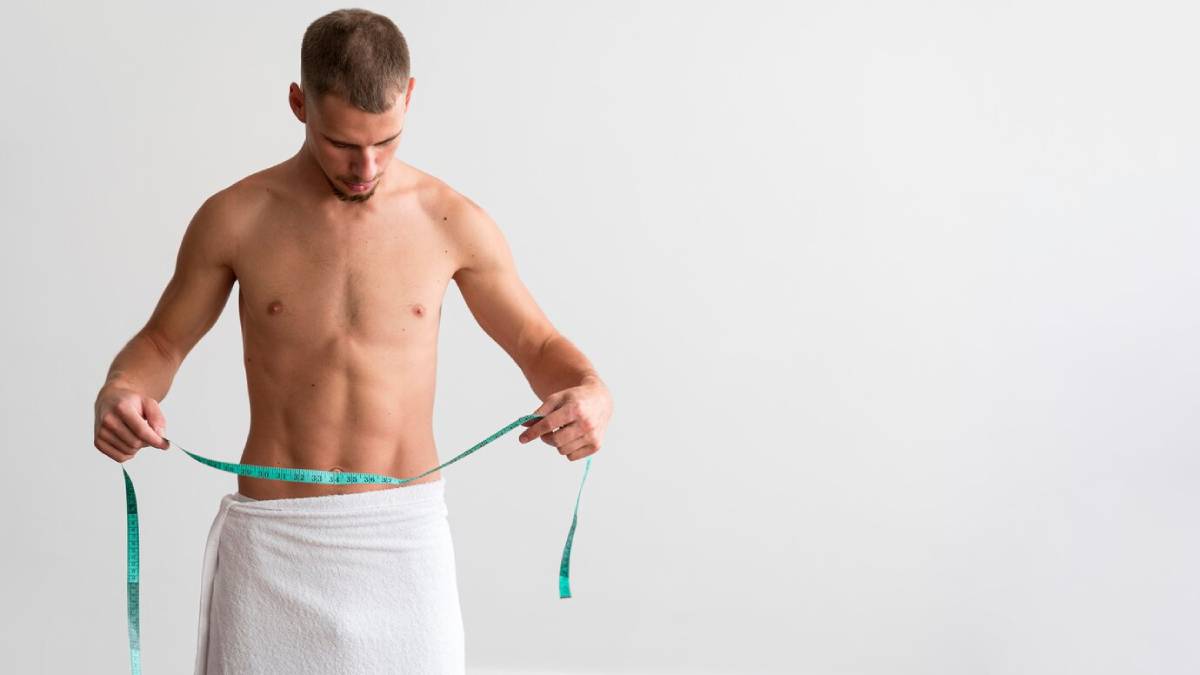
How to Track Your Fitness Progress Without Equipment
In today’s whirlwind of life, staying fit is essential. Access to gyms or fancy gear isn’t always an option. Whether you’re a fitness newbie or a seasoned pro, tracking progress is crucial. It shows your progress, boosts your drive, and helps you stay focused on your goals. The great news? You can monitor your fitness journey without high-tech equipment. Simple solutions work wonders, eliminating the need for pricey gadgets.
This guide unveils effortless ways to track your fitness progress. Suitable for all fitness levels, it requires minimal equipment. Explore the realms of body measurements, fitness assessments, visual tracking, and journaling. These smart strategies help you track gains in strength, endurance, flexibility, and health. By the end, you’ll know how to track your progress. This will help keep you motivated at every step.
Pro Tips: Consistency is key in tracking progress. Measure, assess, and document regularly for the most accurate results.
Important: Fitness progress takes time. If you don’t see immediate changes, be patient and stay the course. Small improvements will add up over time.
Quick Guide

- Measure Body Parts Regularly: The waist, hips, thighs, arms, chest, and neck are key areas to measure.
- Do Simple Fitness Tests: Try push-ups, squats, planks, or burpees. These exercises check your strength and endurance.
- Take Consistent Progress Photos: Same time, lighting, and clothing for comparison.
- Maintain a Fitness Journal: Document workouts, mood, energy levels, and goals.
Understanding the Core of Fitness Progress Tracking
Tracking fitness progress involves more than just your weight or scale number. It includes improvements in strength , endurance, flexibility, and body composition. Tracking your progress is very important. It helps you to:
- Set realistic goals
- Adjust your workout routine for maximum efficiency
- Identify areas where you’re excelling and areas that need improvement
- Stay motivated and accountable to your fitness journey
Tracking your progress without equipment can feel tough. However, with the right approach, you can see how far you’ve come. Below, we explore ways to track your fitness journey effectively without any gear.
The Importance of Progress Tracking
Progress tracking is the fuel for your motivational fire and success journey. When you keep tabs on your advancements, it’s like turning on the lights. Concrete evidence of improvement illuminates your path. Witnessing changes in your body can ignite your drive. Every win counts. It could be your number of push-ups, your smaller waistline, or how great you look in photos.
Tracking your progress helps create a balanced workout journey. It’s easy to hit a fitness plateau. However, tracking reveals how well your routine works. You can see where to adjust, leading to better results and renewed motivation.
Tracking your fitness progress shows how it impacts your health. This includes benefits such as reducing stress, boosting energy, and improving mental clarity.
Key Methods for Tracking Progress Without Equipment

You don’t need scales, heart rate monitors, or fitness trackers to see your fitness progress. Here are the easiest ways to track your fitness progress, no fancy gear is needed.
1. Body Measurements
Measuring key body areas regularly can help track changes in body composition. This includes fat loss and muscle gain. Body weight is a common measure, but it doesn’t tell the whole story—especially if you’re gaining muscle. A scale may not show fat loss if you’re also gaining muscle. So, measuring specific body parts gives a clearer view of your progress.
How to Track Body Measurements:
- Select Measurement Points: Measure the waist, hips, thighs, arms, chest, and neck. These areas are particularly helpful for tracking changes in body composition.
- Use a Flexible Tape Measure: A fabric or soft tape measure is ideal. Make sure the tape is snug but not tight, and measure at the same time of day each time to ensure consistency.
- Schedule Regular Measurements: Perform measurements weekly or bi-weekly to capture changes. Tracking regularly helps you spot trends over time. Minor changes may not show right away, but they matter.
- Log Your Data: Use a fitness journal or digital app to store your measurements. This will help you identify patterns and track progress over the long term.
2. Fitness Assessment
Fitness assessments are easy tests. They help you check your strength, endurance, and flexibility. You don’t need any special equipment. The beauty of fitness assessments is their simplicity and versatility. All you need is your body and a few basic exercises.
How to Perform Fitness Assessments:
- Choose Key Exercises: Push-ups, squats, planks, and burpees are common for fitness assessments. These movements test different aspects of fitness, including strength, endurance, and core stability.
- Regular Assessments: Keep track of how many reps you do or how long you hold each exercise. Try counting how many push-ups you can do in a row. Also, see how long you can hold a plank without dropping your knees.
- Track Your Results: Consistent tracking is the key to effective assessments. Take note of the number of reps or the time held for each exercise and compare it over weeks or months. Small improvements, such as extra reps or holding a plank longer, show growing strength and endurance.
- Make Assessments Tougher: As you improve, adjust the assessments to make them harder. For example, do more push-ups or add extra sets to your workout. This helps you push your limits.
3. Visual Progress
Sometimes, a picture speaks louder than words, even with measurements and assessments. Using photos to track your progress is a great way to see body changes. You might not see big changes in your weight or measurements. But you could notice visual changes, like clearer muscle definition or less body fat.
How to Track Visual Progress:
- Take Initial Photos: Take full-body pictures from different angles (front, side, and back). This serves as your baseline for comparison.
- Establish a Routine: Take new photos on a regular schedule—weekly or monthly works best. Ensure you’re in the same lighting and wearing the same clothes each time for consistency.
- Compare Over Time: Over the weeks or months, compare your progress photos to your initial set. You may notice changes that might not be as obvious without visual evidence.
4. Journaling
Keeping a fitness journal is one of the simplest and most effective ways to track your progress. Journaling helps you monitor physical changes. It also tracks your emotional and mental fitness journey. These important aspects are often missed. Keeping track of your workouts, energy, and mood helps you see your overall progress.
How to Start a Fitness Journal:
- Track Your Workouts: Write down the exercises you did. Include the sets and reps. Also, note how you felt during and after.
- Note Your Energy Levels: Record your mood and energy before and after each workout. You might be surprised at how your energy levels fluctuate with changes in your routine.
- Set Goals and Reflect: Use your journal to set goals and evaluate your progress toward them. Journals help you stay accountable. They also let you reflect on your strength, endurance, and overall well-being.
- Track Non-Physical Factors: Fitness isn’t only about physical results. It also includes your mental health. Track improvements in stress levels, sleep quality, and emotional well-being.
FAQs
Q: How often should I track my progress?
A: For accurate results, track your progress at least once a week or every two weeks. Daily tracking may be too frequent and can cause unnecessary stress or frustration.
Q: What if I don’t see any changes?
A: If your progress seems stalled, examine your diet, recovery, and workout intensity. Consider consulting a trainer or nutritionist to adjust your routine.
Q: Can I track progress without using a scale?
A: Absolutely! Focus on body measurements, fitness assessments, and visual progress instead. Scales don’t account for muscle gain, water retention, or body composition changes.
Conclusion: Tracking Your Fitness Progress Without Equipment

Tracking your fitness progress without equipment is possible. It can be more rewarding than using expensive gadgets. You can use body measurements, fitness assessments, visual tracking, and journaling. These methods help you monitor your progress and stay motivated. Whether you’re just starting or hitting a plateau, these techniques will help you track your fitness journey.
Ready to see your progress? To monitor your progress and reach your full potential, begin using these methods now. It’s time to take control of your fitness journey!